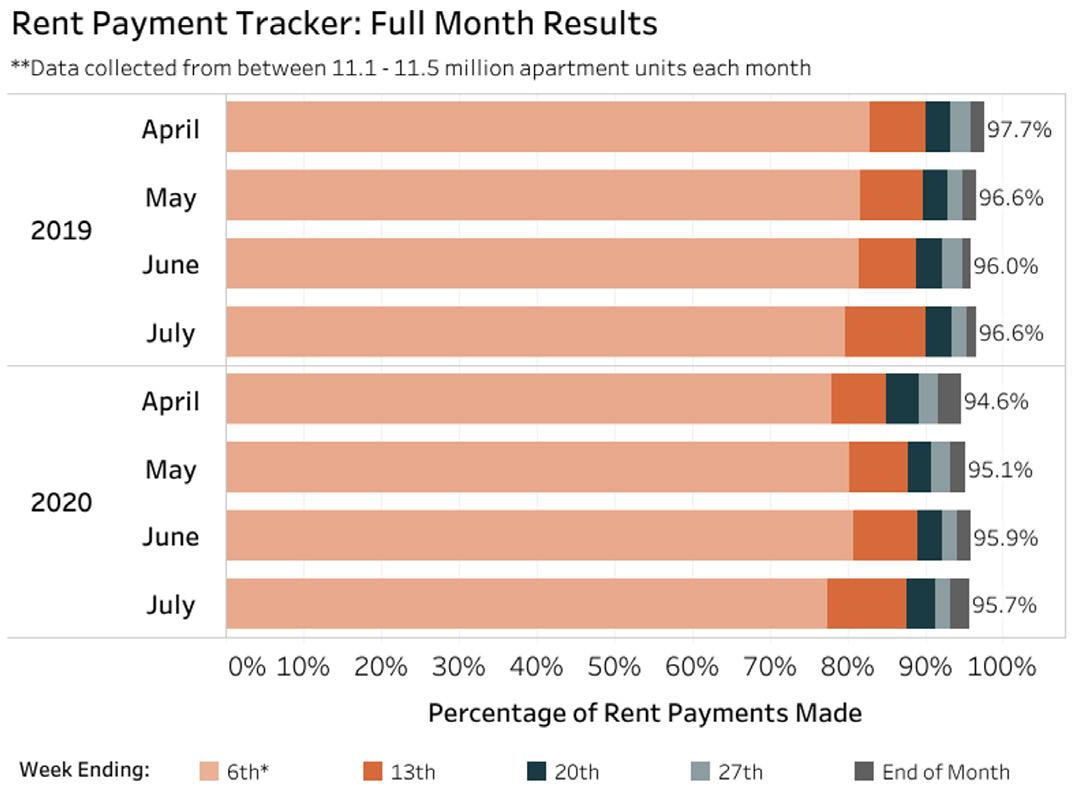FINDING YOUR PATH The Death of Retail?
By Lorne Polger, Senior Managing Director During 2019, 23 name brand retailers fell into bankruptcy. Barney’s, Forever21, Gymboree, Charlotte Rousse and Payless Shoes were among the chains. In total, nearly 10,000 retail stores closed their doors last year. Big numbers, no matter how you look at it. But that was last year. In hindsight? A mere walk in the park compared to 2020, which may be the most difficult year in the history of retailing. On top of the multi-decade battle with online retailing, stores were shuttered for extended periods of time due to the Coronavirus outbreak. Some stores remain shuttered today, or at a minimum, have cut back on store hours and services (thereby cutting deeply into revenue). In addition, inventory and supply chains have been hampered, as demand for certain products has far exceeded manufacturing capacity. A triple whammy. Here is a list of the major retail bankruptcies of 2020 so far. It is somewhat staggering to think about the longtime tenure of many of these historic brands. 2020 Bankruptcies of Major Retail Chains Aldo Muji USA Art Van Furniture Neiman Marcus Ascena Pier 1 Bluestem Brands Roots USA Brooks Brothers RTW Retailwinds Centric Brands SFP Franchise Corp GNC Stage Stores G-Star Raw Stein Mart J. Crew Sur La Table J.C. Penney Tailored Brands Lord & Taylor The Paper Store Lucky Brand True Religion Modell’s Sporting Goods Tuesday Morning
The case studies below, which cut across different types of retail categories, may tell more of the story of what likely lies ahead; the death of traditional retail, as we know it. Neiman Marcus The iconic, Dallas-based high-end department store retailer filed for bankruptcy protection on May 7, after finalizing an agreement with “a significant majority of its creditors,” who will become the majority equity owners of the company if the plan is approved, as expected, this fall. The plan would wipe out around $4 billion of the company’s existing debt. Easy come, easy go, if you’re a creditor of Neiman’s. So, what went wrong? The department store sector has been in the dumps for years now, putting those with high debt at a major disadvantage. Some department stores were late to the online retail game and people began to migrate to specialty stores years ago. Covid-19 presented further challenges to the luxury retail segment. According to a report from Bain and Co., the global luxury market declined by about 25% in the first quarter, and could contract 20% to 35% this year. Neiman’s isn’t the first luxury retailer (Lord and Taylor, Ann Taylor, Lane Bryant, Brooks Brothers) or department store chain (J.C. Penney, Sears, Barneys) to go bankrupt, and they won’t be the last. It’s a familiar trajectory. Family business outgrows its local community roots; becomes a large chain; gets bought out and takes on too much debt. Times change. Shopping habits change. Crisis hits. And boom. They’re done. Even once it exits bankruptcy, the retailer has its work cut out for it. According to its bankruptcy filing, while upwards of 30% of its annual revenues came from e-commerce, Neiman’s remains reliant on large physical stores in malls. Not a good place to be. I haven’t hung out in a mall lately. How about you? Will Neiman’s customers be around post-Covid? Customers of other department stores? No one knows right now, but it’s not a bet I would make.
T HE PAT HF I N DE R R E PO R T: SE PTE MB E R 2020
5






